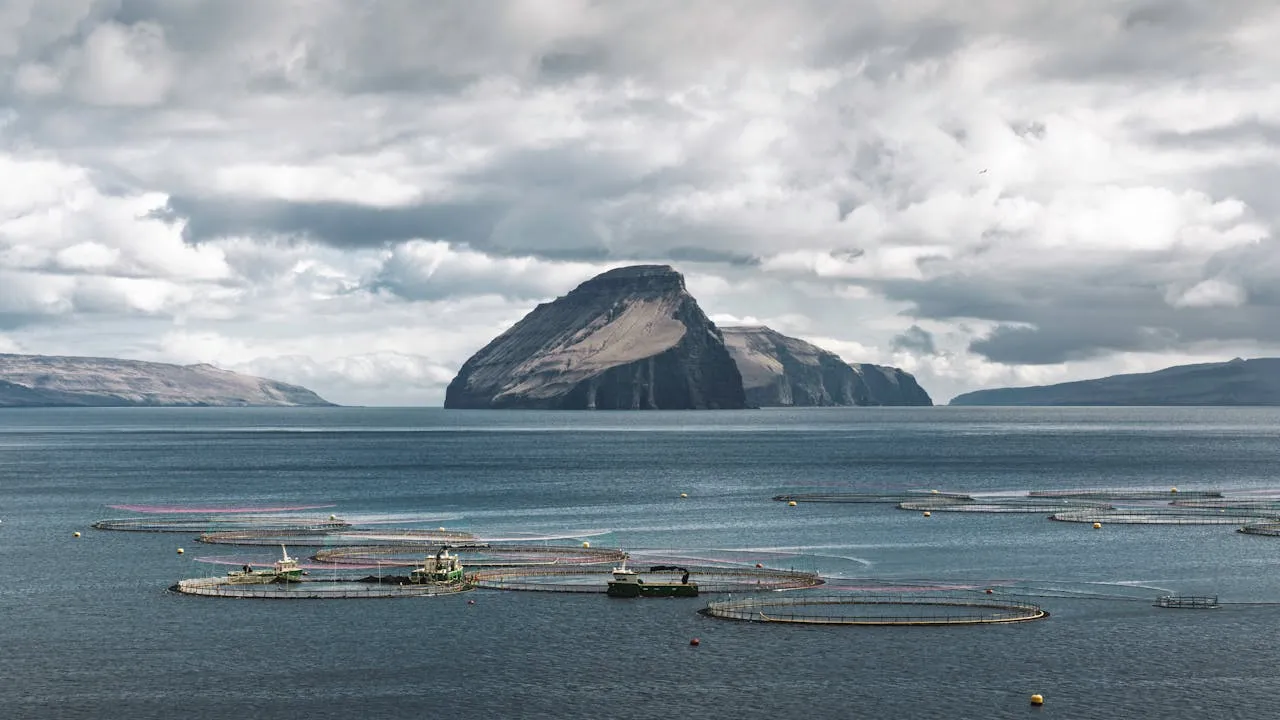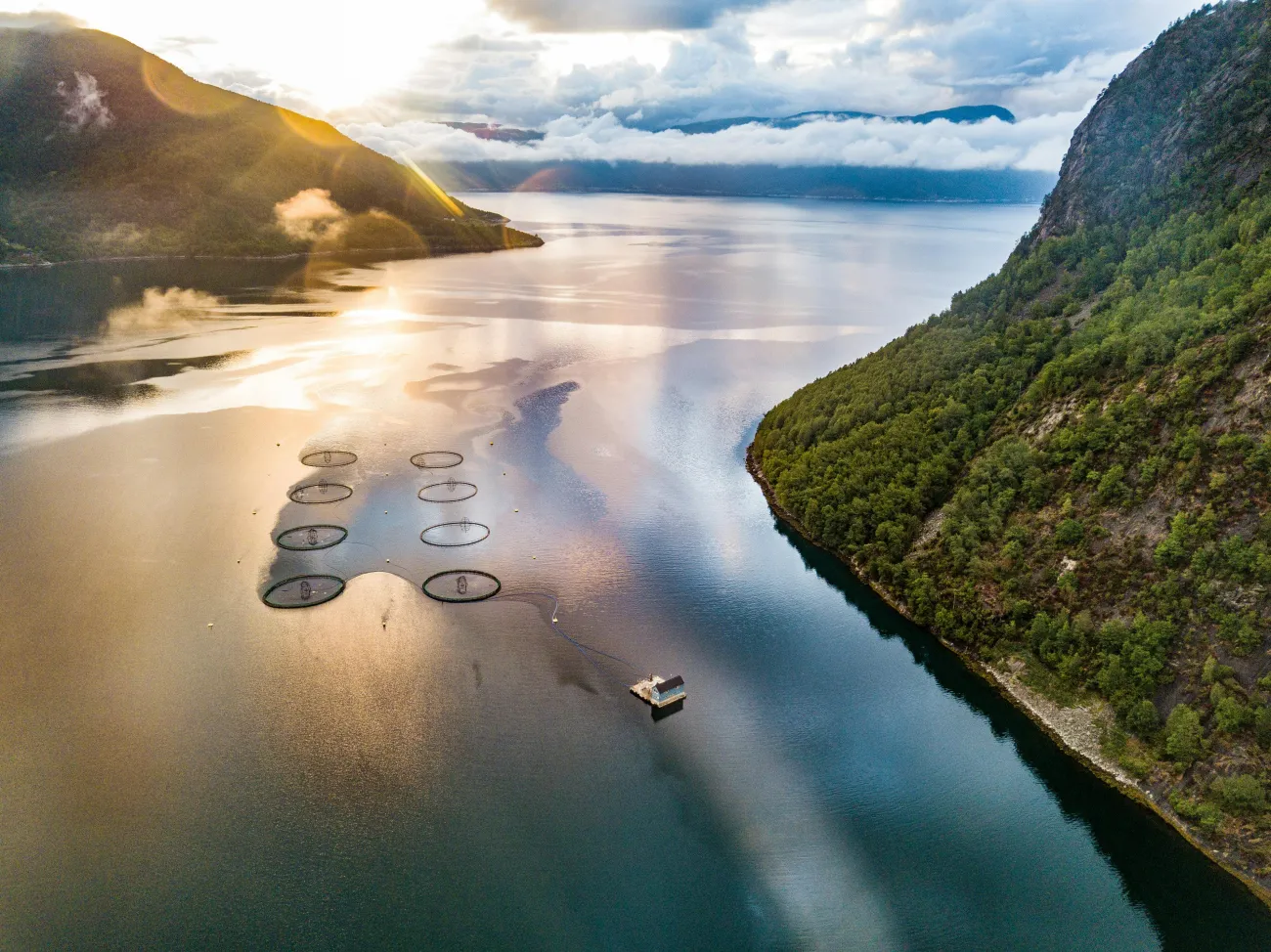The Scottish Aquaculture Research Forum has published a study on Scottish produced suspended mussels and intertidal oysters.
The study considered the cradle-to-gate impacts of the shellfish, from spat collection in the case of mussels, and hatching in the case of oysters, through growing, harvesting, depuration, and packing ready for dispatch. To illustrate the carbon impacts of the full life cycle, a scenario is included that, based on various assumptions, illustrates the potential impacts of distribution, retail, consumption and disposal of the shells.
The Scottish Aquaculture Research Forum has published a study on Scottish produced suspended mussels and intertidal oysters.
The study considered the cradle-to-gate impacts of the shellfish, from spat collection in the case of mussels, and hatching in the case of oysters, through growing, harvesting, depuration, and packing ready for dispatch. To illustrate the carbon impacts of the full life cycle, a scenario is included that, based on various assumptions, illustrates the potential impacts of distribution, retail, consumption and disposal of the shells.
In addition to the main scope of the study, the capture and sequestration of carbon in the shells was also assessed. The purpose of this was to provide background information for discussions regarding the potential benefits secured in terms of effects on carbon sinks and the possibility of the award of carbon credits in the future.
Based on the various assumptions, the cradle to grave carbon footprint is calculated to be 649 kg CO2-eq per tonne of mussels harvested and 1,685 kg CO2-eq per tonne of oysters harvested. This does not consider any carbon sequestered. Including carbon sequestration in the harvested shellfish, the cradle to grave carbon footprint is calculated to be 430 kg CO2-eq per tonne of mussels harvested (418 if including carbon sequestered in mussels dying at sea and sinking to the seabed) and 1,244 kg CO2-eq per tonne of oysters harvested.
For mussels, this amounts to 0.324 kg CO2-eq per 500 g serving of mussels (edible content 112 g), and if including sequestration, 0.215 kg CO2-eq per serving.
For oysters, this amounts to 0.726 kg CO2-eq per half dozen serving of oysters (edible content 440 g), and if including sequestration, 0.532 kg CO2-eq per serving.
This diagram shows the contribution that different stages (based on certain assumptions) makes to the overall footprint of the mussels and oysters.

And this one compares the carbon footprint of oysters and mussels with that of other animal-derived protein sources.

Reference
SARF (2011). Carbon Footprint Of Scottish Suspended Mussels And Intertidal Oysters, Scottish Aquaculture Research Forum ISBN: 978-1-907266-44-7
To access the full report, click here




Comments (0)